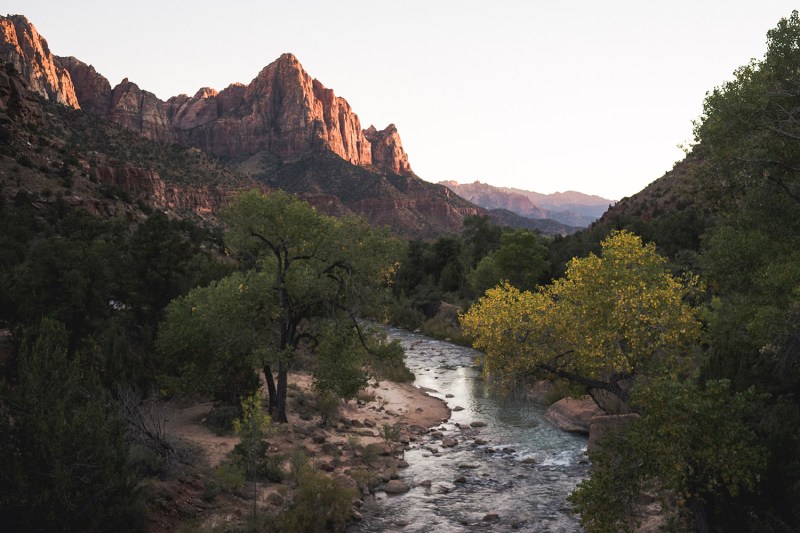
The U.S. federal government still hasn’t figured out reliable mail delivery and how to fix potholes in less than a year. However, one thing it got right more than a century ago was the founding of the National Park Service. It’s one of our greatest accomplishments as a country. Thankfully, most NPS sites are already quite affordable. On select dates this year, however, the service invites visitors to experience every one of its sites completely free of charge.
Every year, the National Park Service announces a limited number of fee-free dates during which visitors can enjoy its more than 400 sites without entrance fees. For 2020, the dates are:
- January 20: Birthday of Martin Luther King, Jr.
- April 18: Kickoff day for National Park Week
- August 25: National Park Service Birthday
- September 26: National Public Lands Day
- November 11: Veterans Day
Many National Park Service “units” — including National Parks, National Monuments, and National Memorials — are already free. In fact, of the 419 sites throughout the United States, only around 100 require a fee. Most charge per vehicle, so the more friends you can cram in one car, the better. In the case of the most popular parks like Zion National Park and Yosemite National Park, however, visitors can still save up to $35 per vehicle. Although the five-day promotion doesn’t cover additional amenities and user fees — for things like camping, fishing, boating, etc. — it’s still a great way to save some money on the outdoor excursions most of us are already planning for the year. Just know that plenty of other park-goers are likely to take advantage of these days as well, so expect some company and plan accordingly.
For nature lovers who spend significant time outdoors, it’s worth investing in an Interagency Pass. For just $80 per year, the America the Beautifull: National Parks and Federal Recreational Lands Annual Pass, in particular, includes entry into and some additional fee coverage at more than 2,000 federal recreation areas. The list consists of not just NPS sites, but also national wildlife refuges, national forests and grasslands, and some land under the Bureau of Land Management.
To save even more, check out our guide to dispersed camping, as well as how and where to camp for free when you’re on the road.


